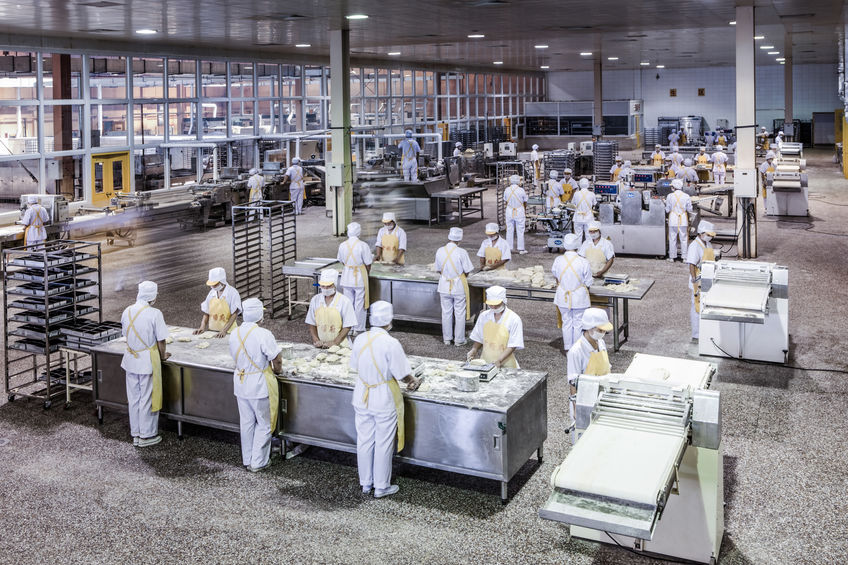We’re all feeling the effects of COVID-19. Changes have been made and many more will be needed as things progress. While the focus has been pandemic specific for the food and beverage industry it’s also important to consider where the industry is headed post-pandemic.
In a recent presentation, Dr. Bill Aimutis – NCFIL Executive Director presented some important factors to consider that are currently driving the food and beverage industry during the pandemic. Here are a couple of my key takeaways to consider:
- Consumers have become more focused on healthy, plant-based foods
- Consumer preference for transparency and a desire for certified foods lending to more in-depth tracking.
- Consumer focus on safety again lending to a traceability focus with robust reporting.
Challenges and changes
COVID-19 has indeed been a challenge. The food and beverage industry has had to deal with an increase in sick farm and food production workers, slower production plants and supply chain shortages/disruptions per Dr. Aimutis. They are not alone. Consumers have also made changes it seems.
The trend to have healthier eating habits has taken root. Eating at home and actively preparing personalized diets and exercise routines are becoming much more commonplace. While I’m not sure the food industry will ever be the same again there will most likely be a “return to normal” at some level. With that said, what does that mean post-pandemic?
With disruption comes opportunity
There will be changes of direction by most producers post-pandemic. Changes like orientation, plant entry, health screening and social distancing standards permanently in place. As I have personally experienced, more and more companies are looking seriously at robotics and automation throughout their manufacturing process as well.
Other items will be a relook re-alignment of managing for possible future disruptions. Planning ahead with newly implemented technology and process investments in a proactive approach. Improved direct-to-consumer capabilities from food manufacturers will be a focus as a way to protect from disruptions as well. A rethinking of farm to fork so to speak.
For innovation to occur, the infrastructure for food and beverage technology advances must be strong. Being able to implement IoT, robotics and robust traceability systems are and will be critical for success.
Coolearth can help with tracking and traceability throughout a production plant. Advanced capabilities that will work with all future needs such as:
Warehouse Management System
Supply Chain Execution
Telemetry
Labeling – Line Reporting
Quality Assurance – Quality Control
Business Intelligence – Reporting
Traceability
And much more…
Solutions working in unison for all phases of the quality assurance, ingredient tracking, inventory control, labeling, processing, packaging, warehousing, and distribution operations.
Resource: https://www.ncfoodinnovationlab.org/food-and-beverage-industry-food-processing-trends

